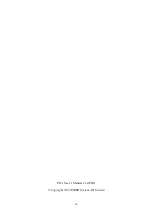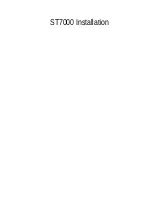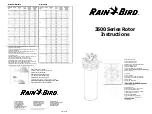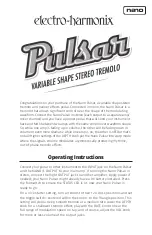
3
1. The PocketGoniometer model PG-1
is a battery operated instrument for laboratory and field
applications related to gluing, printing and surface problems. It
is an ideal tool to reveal contamination of a specimen as well as
the effect of cleaning and surface treatments. A magnified
image of the droplet is displayed on the built-in screen
equipped with an adjustable protractor. An integral eyepiece
provides additional magnification for improved accuracy.
This model is ideal for introduction of the “static” contact angle
concept. The contact angle approach is a robust method,
established long time ago. By placing a liquid droplet on a
specimen surface a contact angle
θθθθ
is formed at the contact
area. By definition, a droplet which “beads up”, is non-wetting
and a contact angle higher than 90 degrees is
displayed. When the droplet “wets out” across the
surface, wetting is obtained and the contact angle is
less than 90 degrees.
Applicable Standards:
TAPPI T458, ASTM D724, ASTM D5946, SCAN –P 18
1.1 Unpacking your instrument
The
Goniometer is delivered in a case including
- a Removable eyepiece
- a Training Tool with three semi-spheres (86º, 77º, 61º)
- a Carrier Strip kit with Special Tape (50pcs)
- an Accessory Kit
PG Instrument
Training Tool
Carrier Strip
Special Tape
Accessory Kit
Removable eyepiece
Fig 1.2 PG-1 Instrument case and accessories
Fig. 1.1 The contact angle
Liquid droplet
θθθθ
> 90°
Fig. 1.3 PG-1 Accessory Kit
Applicator Tubing
(PN# 860 314)
Tubing Dispenser
(PN# 860 331)



































